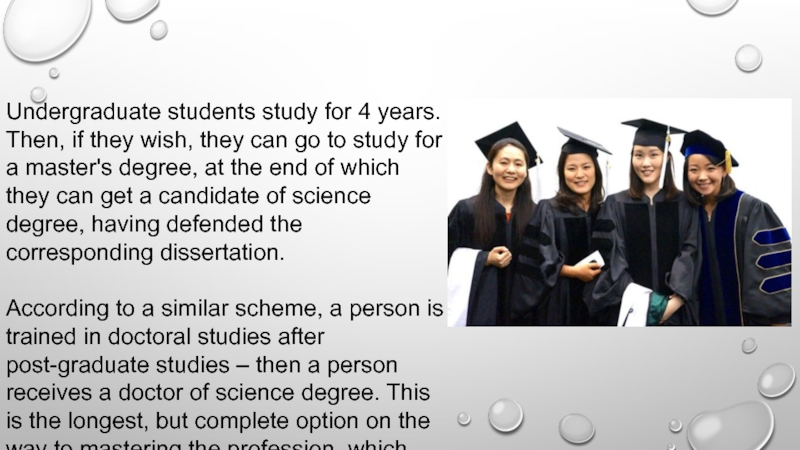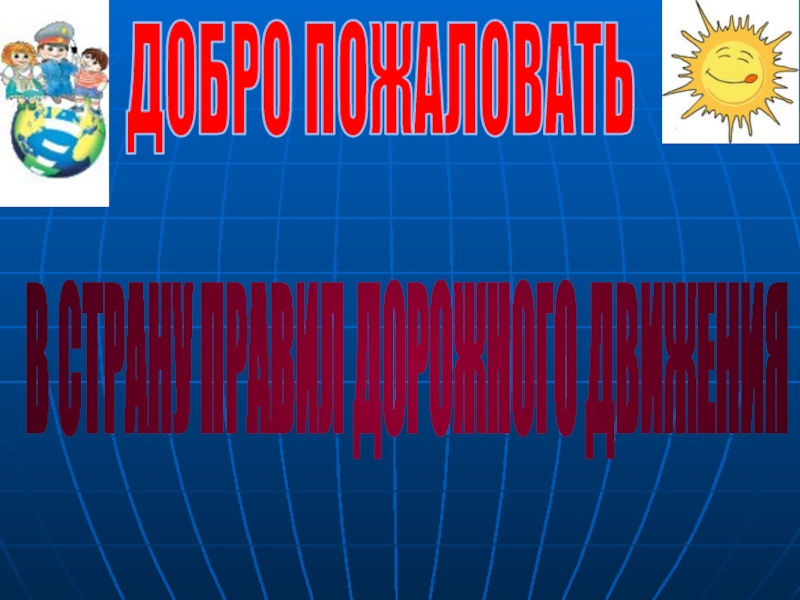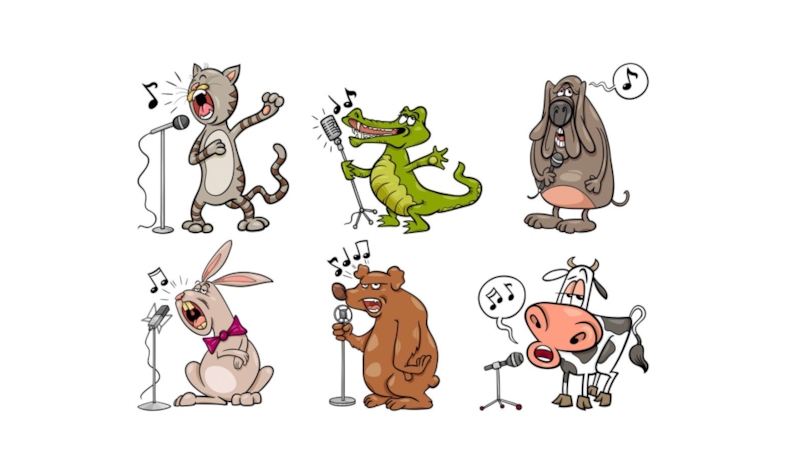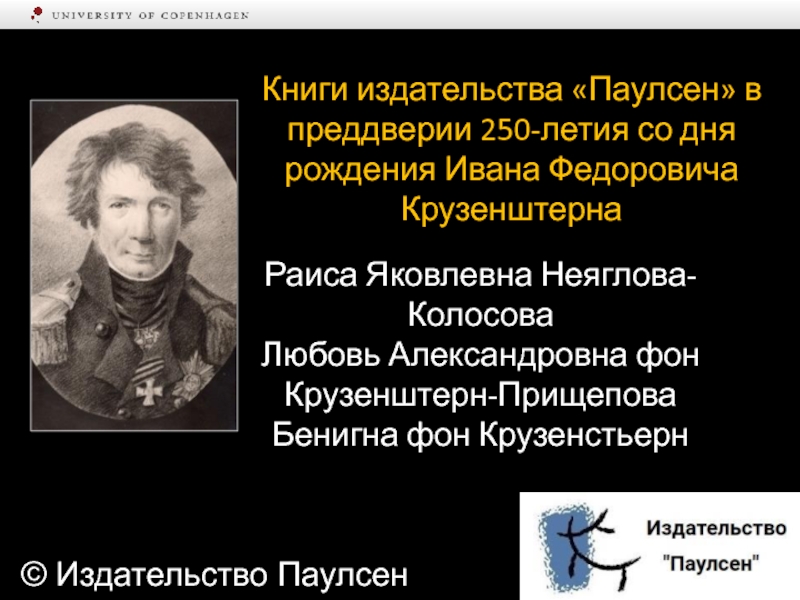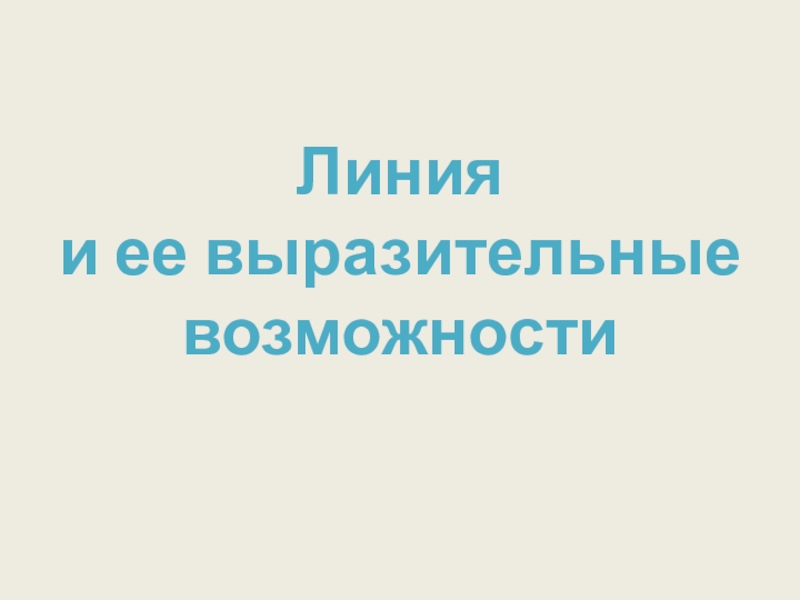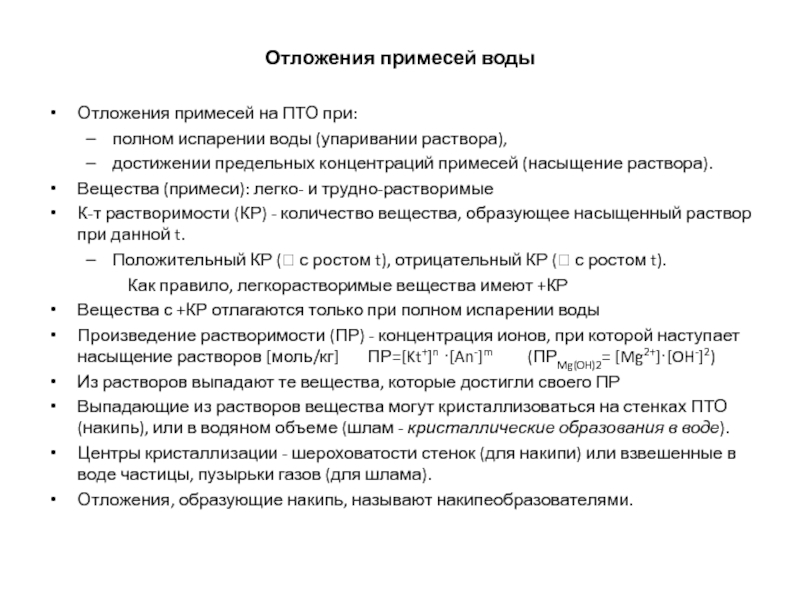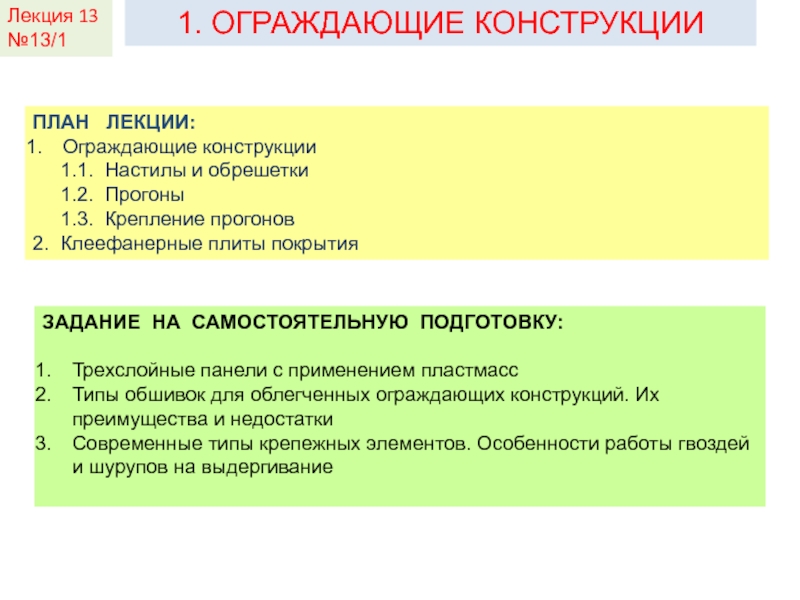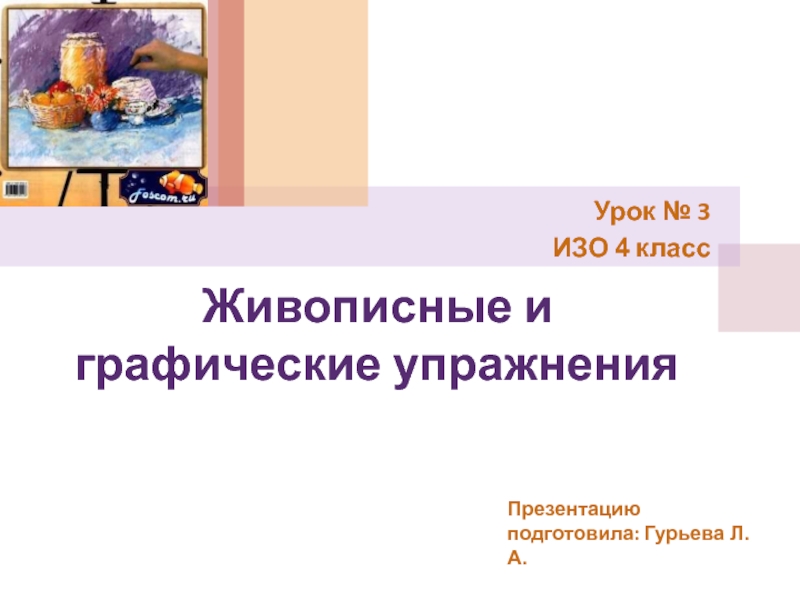(3 years).
Secondary education in high-level schools (3 years).
Vocational
school. University colleges, bachelor's degree.
Universities: postgraduate and doctoral studies.
Pre-school education is optional, but it is getting more and more attention. The main task of educators is to engage in comprehensive development of the child. Creating an environment that positively affects physical and emotional development.













